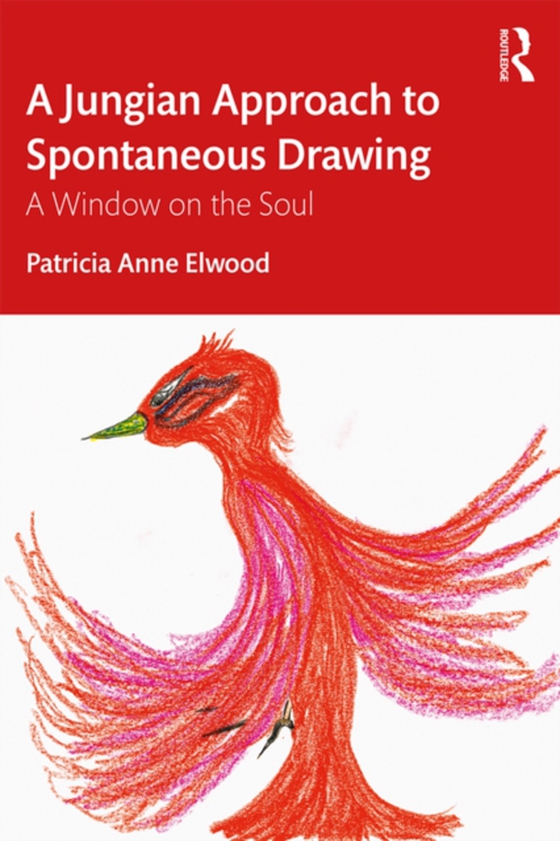
Jungian Approach to Spontaneous Drawing e-bog
288,10 DKK
(inkl. moms 360,12 DKK)
In A Jungian Approach to Spontaneous Drawing, Patricia Anne Elwood provides an accessible and thought-provoking introduction to exploring spontaneous images, focusing on the value of this tool for insight into the unconscious. Illustrated with drawings of clients throughout, the book poignantly demonstrates how one can connect and access the spheres within through drawing, and how this process ...
E-bog
288,10 DKK
Forlag
Routledge
Udgivet
28 august 2019
Længde
226 sider
Genrer
Analytical and Jungian psychology
Sprog
English
Format
pdf
Beskyttelse
LCP
ISBN
9780429555084
In A Jungian Approach to Spontaneous Drawing, Patricia Anne Elwood provides an accessible and thought-provoking introduction to exploring spontaneous images, focusing on the value of this tool for insight into the unconscious. Illustrated with drawings of clients throughout, the book poignantly demonstrates how one can connect and access the spheres within through drawing, and how this process can reveal the unexpected.Elwood begins by accessibly introducing key Jungian concepts and exploring Jung's belief in the power of spontaneity as an invaluable tool in one's journey to the soul. As well as illuminating spontaneity, an oft-forgotten aspect of Jung's psychology, she explores themes including structure and dynamics, symbols and archetypal patterns.A Jungian Approach to Spontaneous Drawing also examines common motifs including houses, trees and people, and presents extended studies of work with children and adults and how their drawings relate and reveal Jungian ideas. Offering both practical and theoretical perspectives, this book demonstrates the universal benefits of spontaneous drawing for all age groups, helping people to find true release from unconscious blockages and traumas lying dormant in the depths of their own psyche.A Jungian Approach to Spontaneous Drawing will be essential reading for Jungian analysts, Jungian psychotherapists and analytical psychologists in practice and in training, as well as art therapists with an interest in Jung, and those working with children and adults. It would also be of immense interest to students on courses including art psychotherapy, counselling psychology, Jungian psychology with art therapy, and all those in the helping professions.
 Dansk
Dansk

